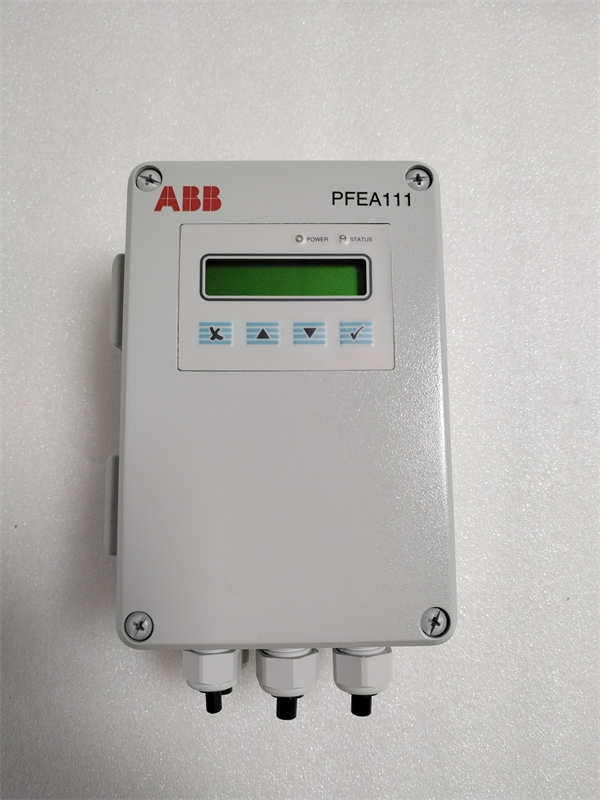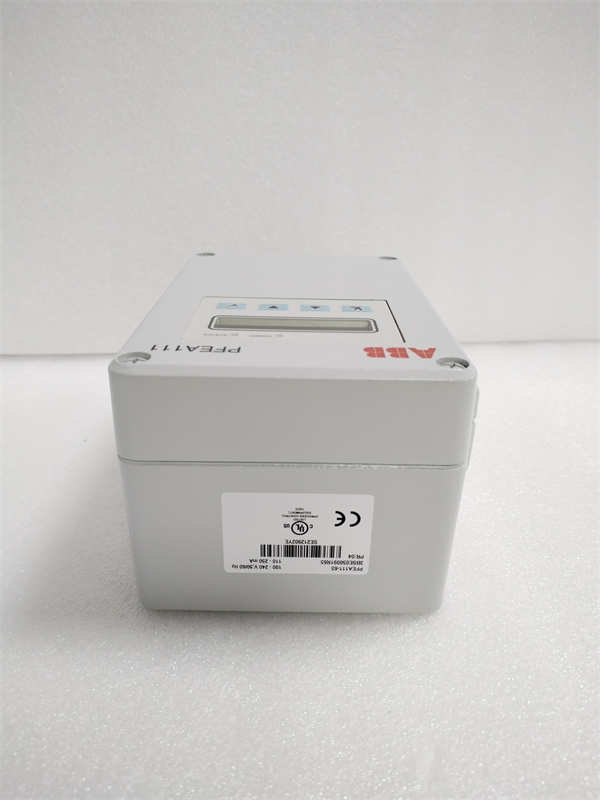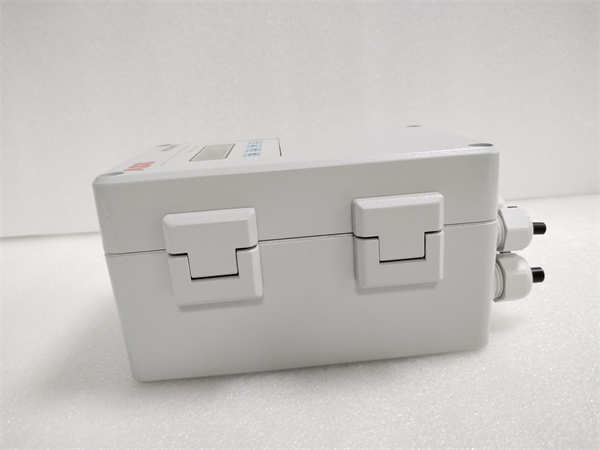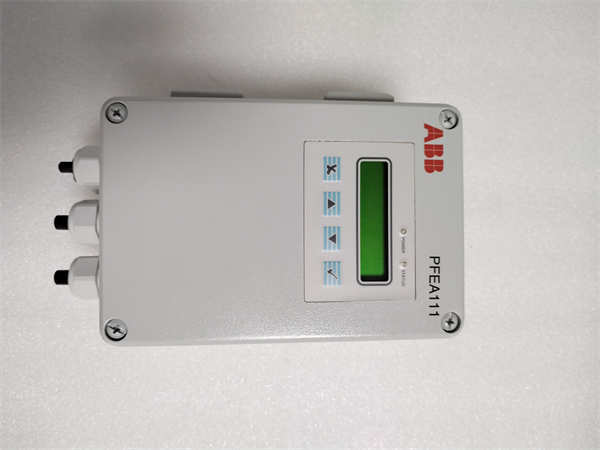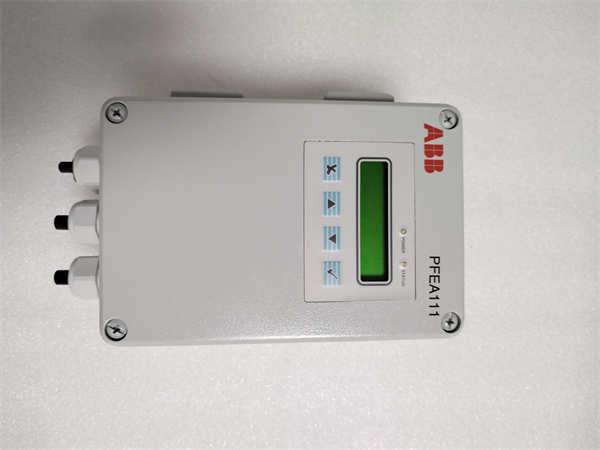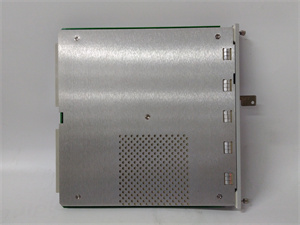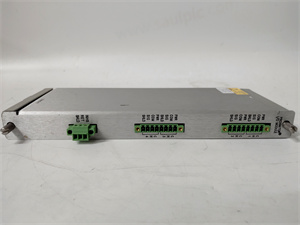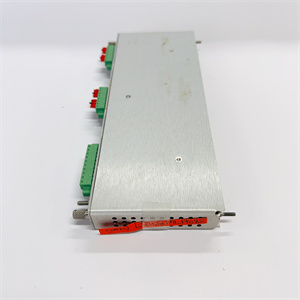Description
Product Description: ABB PFEA111-65
The ABB PFEA111-65 is a high-performance programmable logic controller (PLC) module designed for industrial automation and process control systems. As part of ABB’s advanced modular platform, the PFEA111-65 offers robust processing capabilities, seamless integration with industrial networks, and reliable operation in harsh environments. It serves as a critical component for monitoring and controlling complex industrial processes, ensuring precision, efficiency, and safety. Key applications include manufacturing, energy production, water treatment, and machinery automation. The PFEA111-65 is engineered for ease of use, with intuitive configuration tools and compatibility with ABB’s comprehensive range of automation solutions.
Product Parameters
| Parameter | Specification |
|---|---|
| Voltage | 24 V DC (±10%) |
| Current | 0.5 A (max) |
| Processor | 32-bit industrial-grade CPU |
| Memory | 512 MB RAM, 256 MB flash |
| Communication Interfaces | Ethernet/IP, Profibus DP, Modbus RTU |
| I/O Compatibility | Supports ABB AC500/AC800M I/O modules |
| Operating Temperature | -40°C to +70°C (wide temperature range) |
| Certifications | CE, UL, IEC 61131-2, ISO 13849 (SIL 3 capable) |
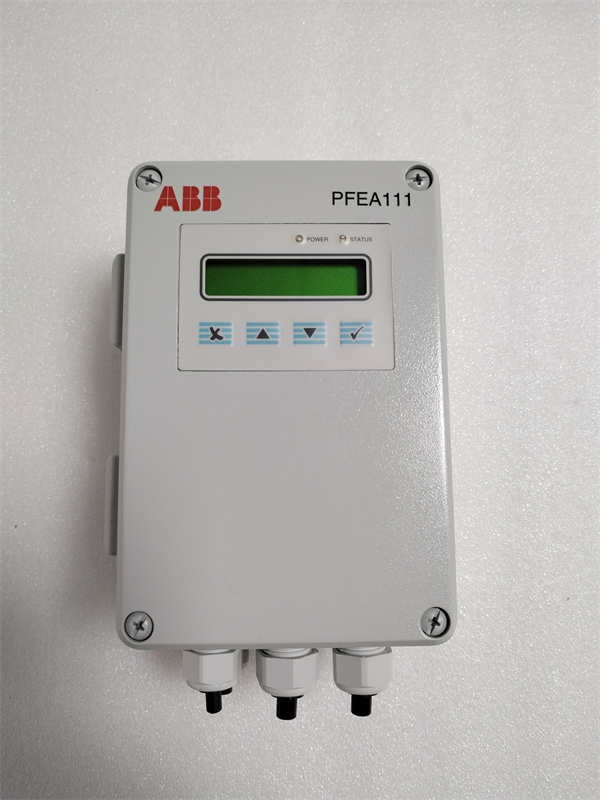
PFEA111-65
Advantages and Features
- High Reliability: Built with redundant power supply and error-checking mechanisms, the PFEA111-65 ensures continuous operation with a mean time between failures (MTBF) exceeding 100,000 hours.
- Modular Design: Seamless integration with ABB’s AC500/AC800M systems allows flexible expansion of I/O and communication capabilities.
- Energy Efficiency: Low power consumption (≤12 W) reduces operational costs in long-term deployments.
- Advanced Diagnostics: Real-time monitoring and fault detection minimize downtime, supported by ABB’s System 800xA software for predictive maintenance.
Application Areas and Case Studies
- Industry Scenarios: Manufacturing lines, power plants, oil and gas facilities, and wastewater treatment plants.
- Case Study: A European manufacturing plant upgraded its assembly line with the ABB PFEA111-65, achieving a 20% reduction in downtime and a 15% improvement in energy efficiency. The module’s real-time data processing enabled precise synchronization of robotic arms, enhancing production accuracy.
Competitor Comparison
Compared to similar PLC modules, the PFEA111-65 offers:
- Superior Compactness: 30% smaller form factor than legacy systems without compromising performance.
- Faster Communication: Ethernet/IP support enables data transfer rates up to 100 Mbps, outperforming standard industrial protocols.
- Enhanced Safety: SIL 3 capability (with proper configuration) meets the highest safety standards for critical applications.
Selection Recommendations
- Compatibility: Ensure compatibility with existing ABB I/O modules (e.g., ABB PM581, PM590) and software (e.g., ABB Control Builder M).
- Environment: Evaluate operating temperature, humidity, and vibration levels; the PFEA111-65 is ideal for extreme conditions.
- Budget: Balance performance needs with cost—while premium features (e.g., SIL 3) justify higher investment for safety-critical projects.
PFEA111-65
Precautions
-
Installation: Follow ABB’s mounting guidelines (DIN rail or panel mounting) and ensure proper grounding.
-
ESD Protection: Use anti-static equipment during handling to avoid damage to internal components.
-
Software Updates: Regularly update firmware via ABB’s Integrated Composer to access the latest features and security patches.
-
Maintenance: Schedule annual inspections to clean dust and verify cable connections.

